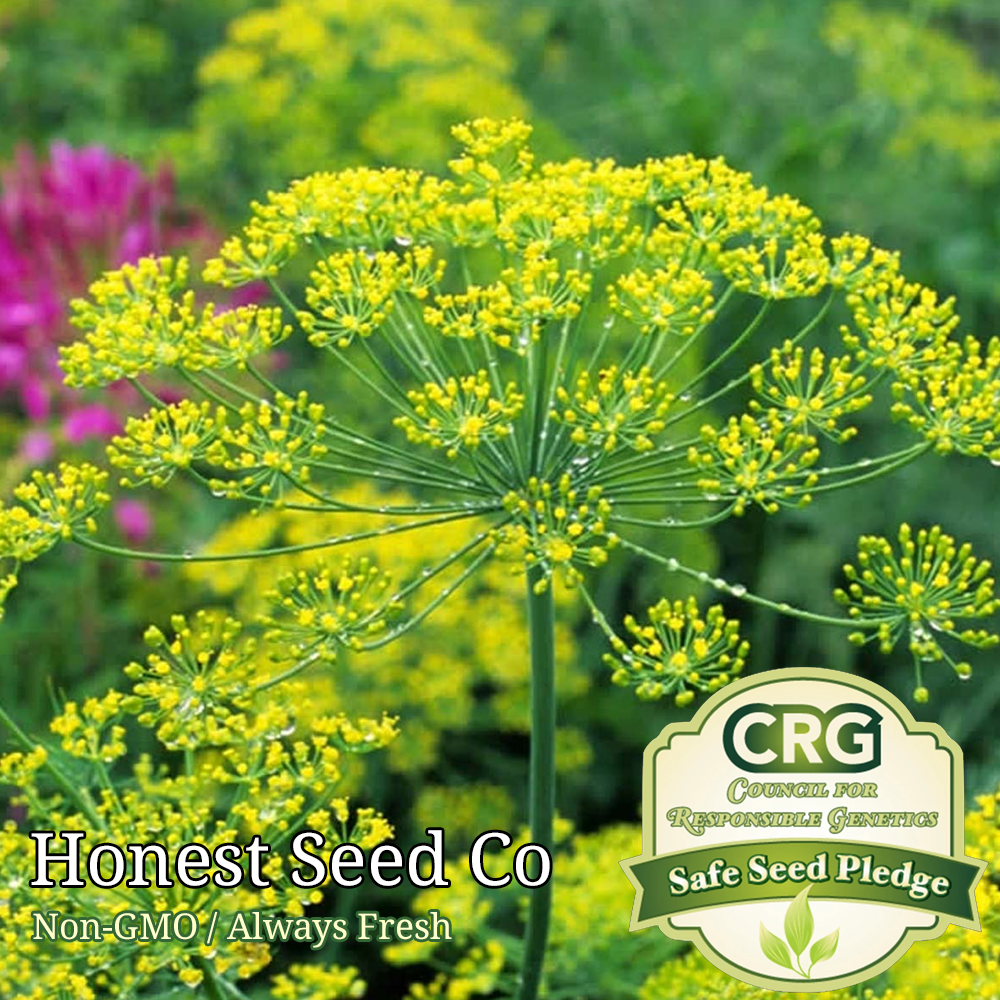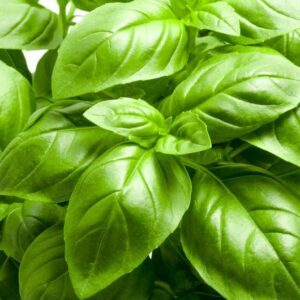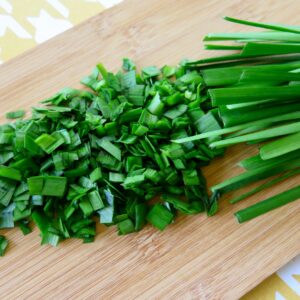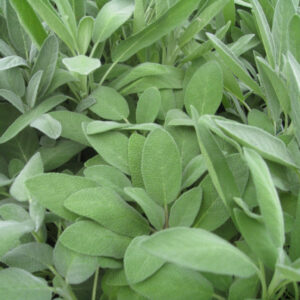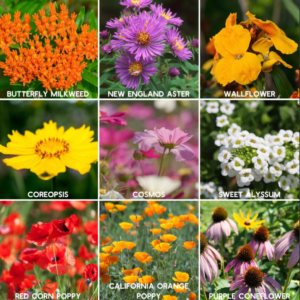Common Names: Dill Weed
Latin Name: Anethum graveolens
Type: Open Pollinated, Heirloom, Cool Season|Warm Season
Life Cycle: Annual
USDA Zones: 3, 4, 5, 6, 7, 8, 9, 10, 11, 12
Planting Method: Direct Sow
Sunlight: Full Sun
Height: 24 Inches
Color: Green
Bloom Season: Blooms Late Summer, Blooms Early Fall
Uses: Attracts Butterflies, Aromatic
Sowing: Since dill does not transplant well, direct sowing is the best method for planting; plant after the last spring frost in well drained, fertile soil and full sun. Sow Bouquet dill seeds 1/4″ deep and 8″ apart in rows 18″ apart, thinning to 12-15″ apart when the seedlings develop.
Growing: Keep the seedlings watered, and apply a layer of mulch to conserve moisture and control weeds. Since mature plants may bolt if the soil dries out, keep the soil consistently moist.
Harvesting: Harvest the fern-like dill leaves as needed as soon as they reach a desirable size; the best time to harvest is in the morning after the dew dries. Peak quality of the leaves occurs when the tiny flowers on the heads begin to open. Though the flavor is best when the leaves are fresh, they can be stored in the refrigerator for up to 2 days, dried, or frozen. The heads can be gathered as soon as most of the tiny flowers have opened. To gather Anethum Graveolens seeds, allow the heads to dry on the stems until the seeds ripen to a light brown. Cut the seed heads and spread them out to finish drying, then rub them gently to remove the seed. Store the seed in an airtight container.

